Universal and Blumhouse’s horror sequel “Black Phone 2” kicked off spooky season with $26.5 million from 3,411 North American theaters. Those ticket sales were enough to lead an otherwise sleepy weekend at the domestic box office.
“Black Phone 2” opened in line with expectations and slightly ahead of its predecessor. The original “Black Phone” launched with $23 million in 2021 as cinemas were only starting to recover from COVID. Just to give a sense of the vastly different box office landscape between the first and second film: With similar ticket sales, “Black Phone” opened in fourth place behind “Elvis,” “Top Gun: Maverick” and “Jurassic World: Dominion” in the height of summer movie season.
In contrast, the “Black Phone” follow-up had a sluggish October mostly to itself. This weekend’s other newcomer, Lionsgate’s R-rated comedy “Good Fortune,” opened at No. 3 with just $6.2 million from, 2990 venues. Second place went to Disney’s sci-fi sequel “Tron: Are” with $11 million from 4,000 screens, representing a steep 66% decline from its first outing. Right now the October box office is down 11% from the same point in 2024, according to Comscore.
“Black Phone 2” also collected $15.5 million at the international box office for a global tally of $42 million. Though a promising result, Universal and Blumhouse spent more to bring back Ethan Hawke as the serial killer known as the Grabber. The sequel cost $30 million compared to the first film’s $18 million price tag. “Black Phone 2” has decent reviews but wasn’t received as fondly as the original by moviegoers; this film earned a “B” grade on CinemaScore exit polls while the first landed a “B+” grade.
Since ticket sales are split roughly 50-50 between studios and movie theaters, “Black Phone 2” needs to stick around to count as a major comeback for Blumhouse. The low-budget horror empire, responsible for “Paranormal Activity,” “The Purge,” “Get Out” “Halloween” and other franchises with scary-good profit margins, has long been one of Hollywood’s most consistent hitmakers. However the company’s fortunes have shifted over the past year with one dud after another including “Wolf Man” and “M3GAN 2.0.” Blumhouse has another sequel, “Five Nights at Freddy’s 2,” on the calendar in December.
“Good Fortune” has the good fortune of respectable reviews (78% on Rotten Tomatoes) and audience scores (a “B+” grade on CinemaScore. The trouble is that not enough people were incentivized to buy tickets for the $30 million-budgeted film. Aziz Ansari directed in his feature debut and stars in “Good Fortune,” which revolves around a good-intentioned but inept angel (Keanu Reeves) who facilitates a body swap between a struggling gig worker (Ansari) and a wealthy venture capitalist (Seth Rogen).
“This is a fair opening for an original character-driven comedy,” says David A. Gross, who runs the movie consulting firm Franchise Entertainment Research. However “even with Keanu Reeves helping ancillary business, the movie is unlikely to recoup its costs.”
Another film that’ll struggle to get out of the red is “Tron: Ares.” So far the futuristic film has earned $54.6 million domestically and $103 million worldwide after two weekends of release. Although the $100 million mark is notable, Disney spent $180 million to produce and many millions to promote the sequel, so “Tron: Ares” requires substantial staying power to justify those costs.
Channing Tatum’s dramedy “Roofman” and Leonardo DiCaprio’s action comedy “One Battle After Another” rounded out the top of box office charts.
“Roofman” earned $3.7 million from 3,370 theaters in its second weekend, marking a 55% decline from its debut. So far the film has generated $15.5 million and $16.4 million worldwide, a paltry total albiet against a modest $18 million budget.
“One Battle After Another” collected $3.75 million from 2,532 locations in its fourth outing, bringing its domestic total to $61 million. The Warner Bros. film, directed by Paul Thomas Anderson, has been a steady performer overseas with $100 million to date, bringing the global total to $162.5 million. That’s an impressive figure for an original, R-rated film that’s nearly three hours long.
However the studio spent more than $130 million to produce and roughly $70 million to promote “One Battle,” which requires about $300 million to break even. At this rate, the movie is tracking to lose $100 million in its theatrical run, according to studio executives with knowledge of the economics of similar-sized films. (Warner Bros. refutes those estimates.) “One Battle After Another” is, however, expected to be a major Oscar player, which makes it valuable to the company in ways beyond the balance sheet.
More to come…

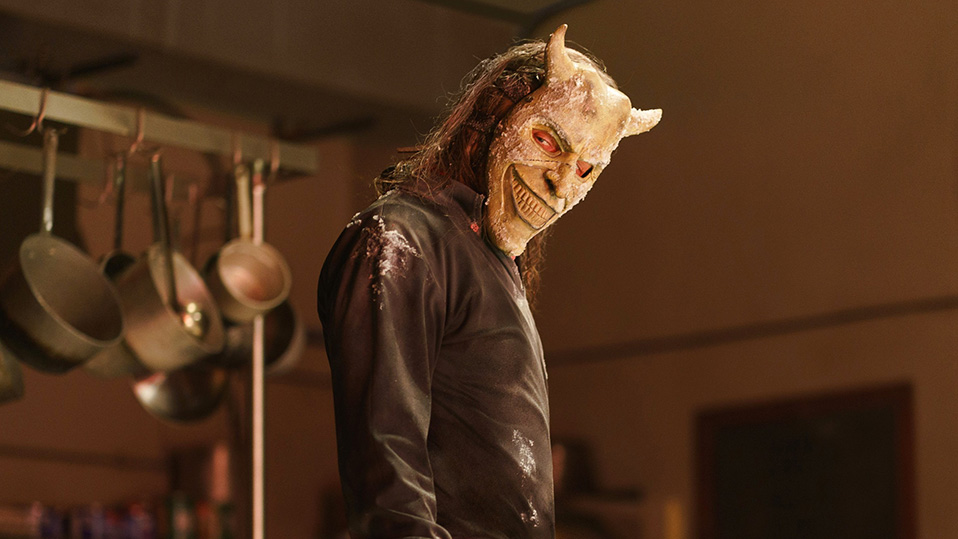
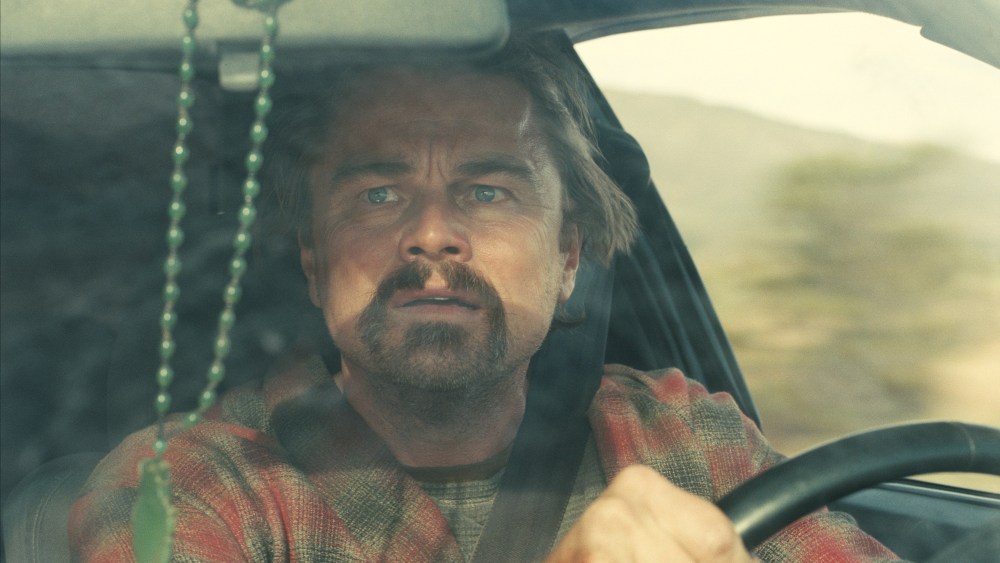

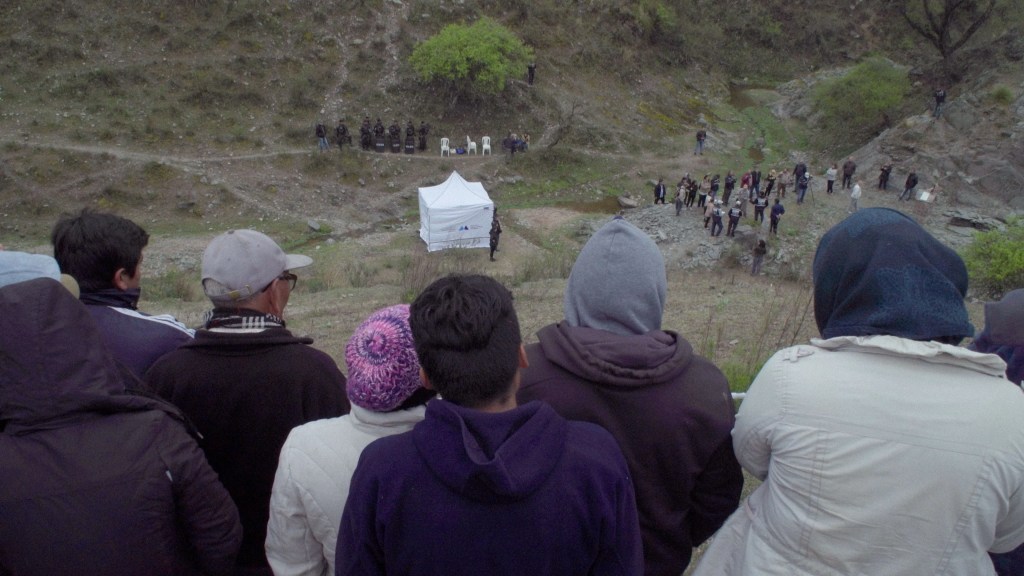
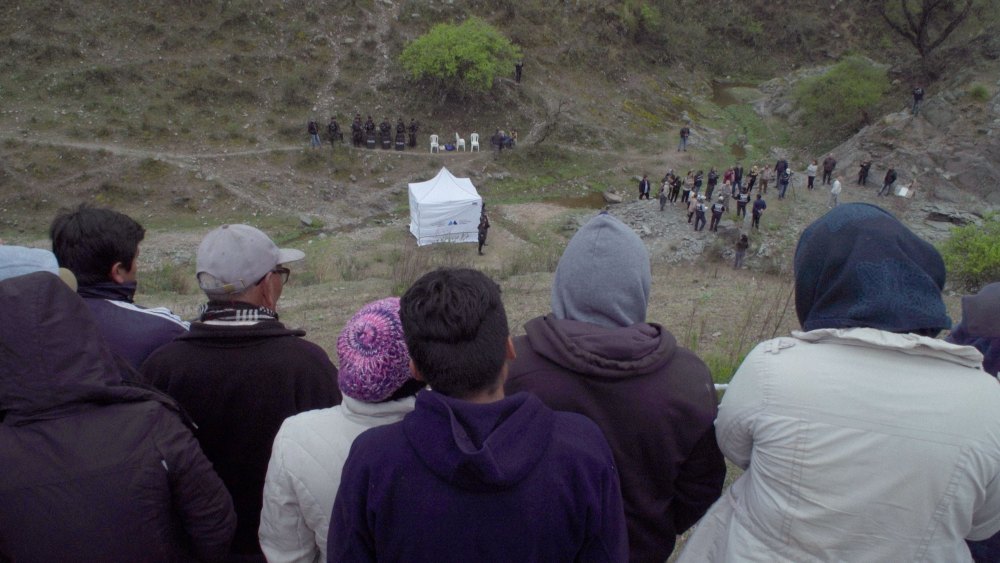
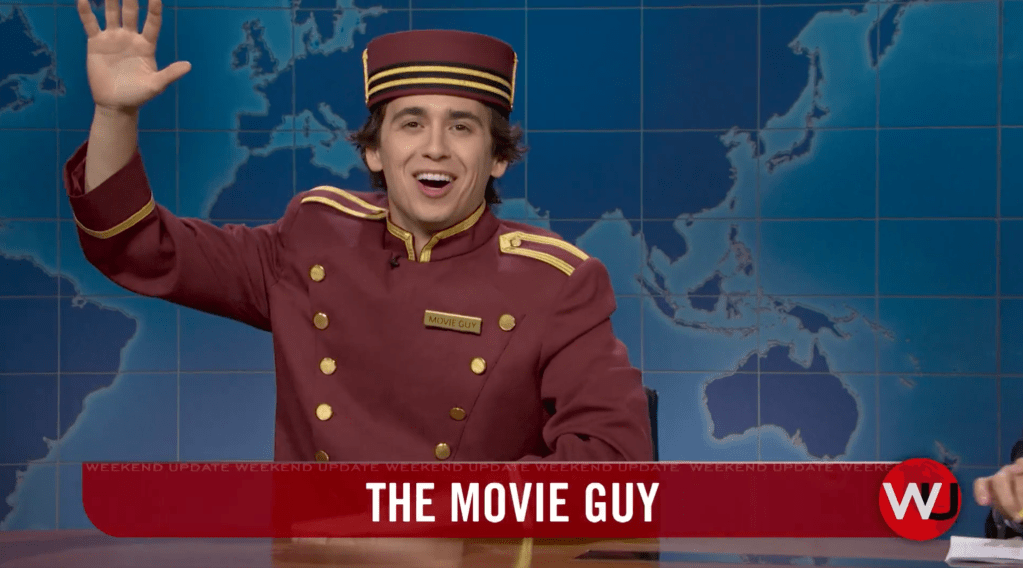
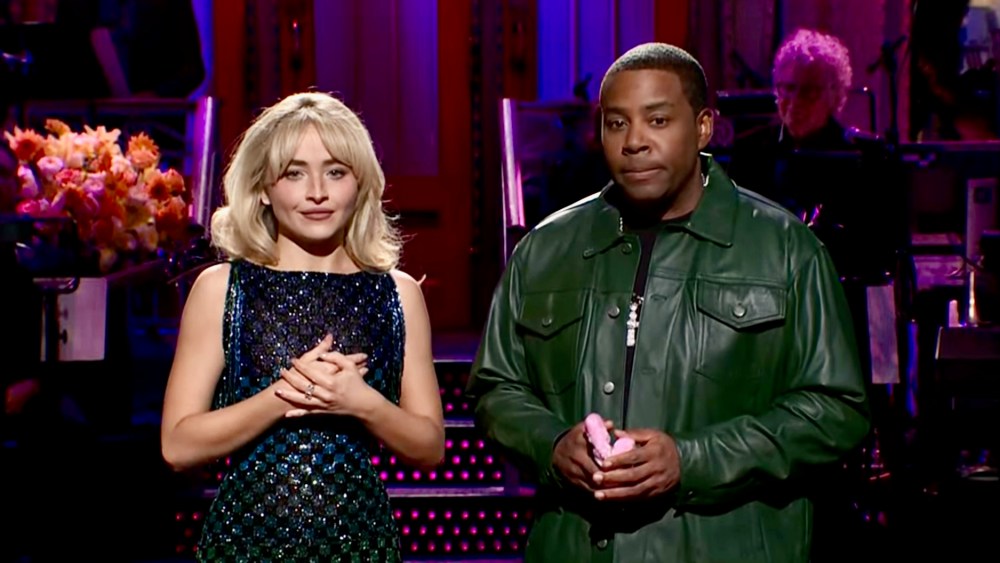

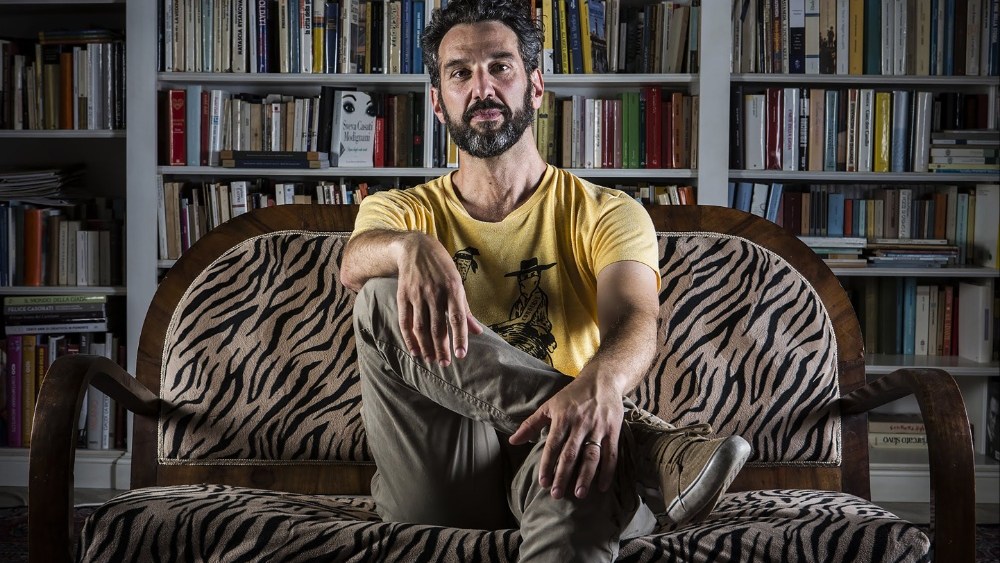
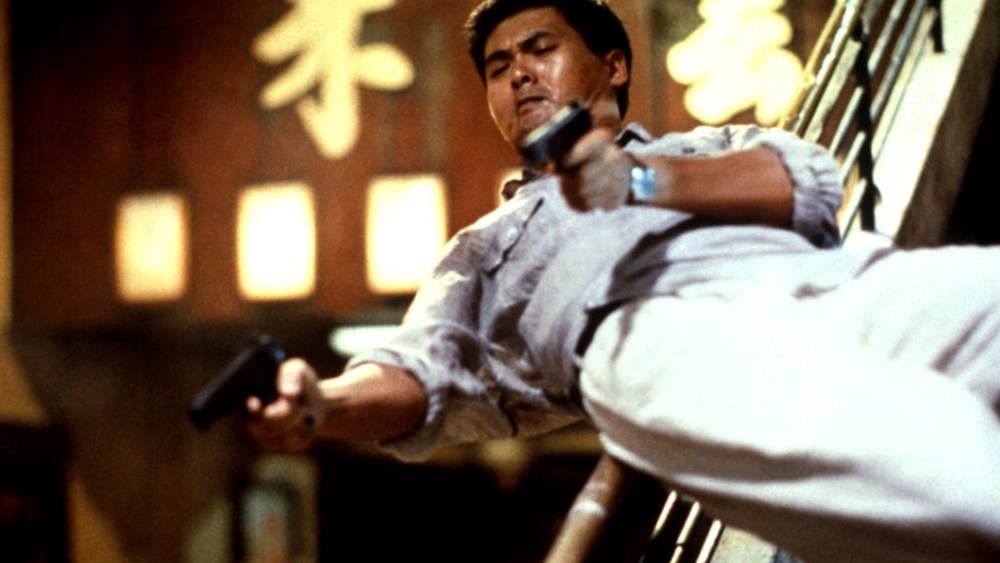

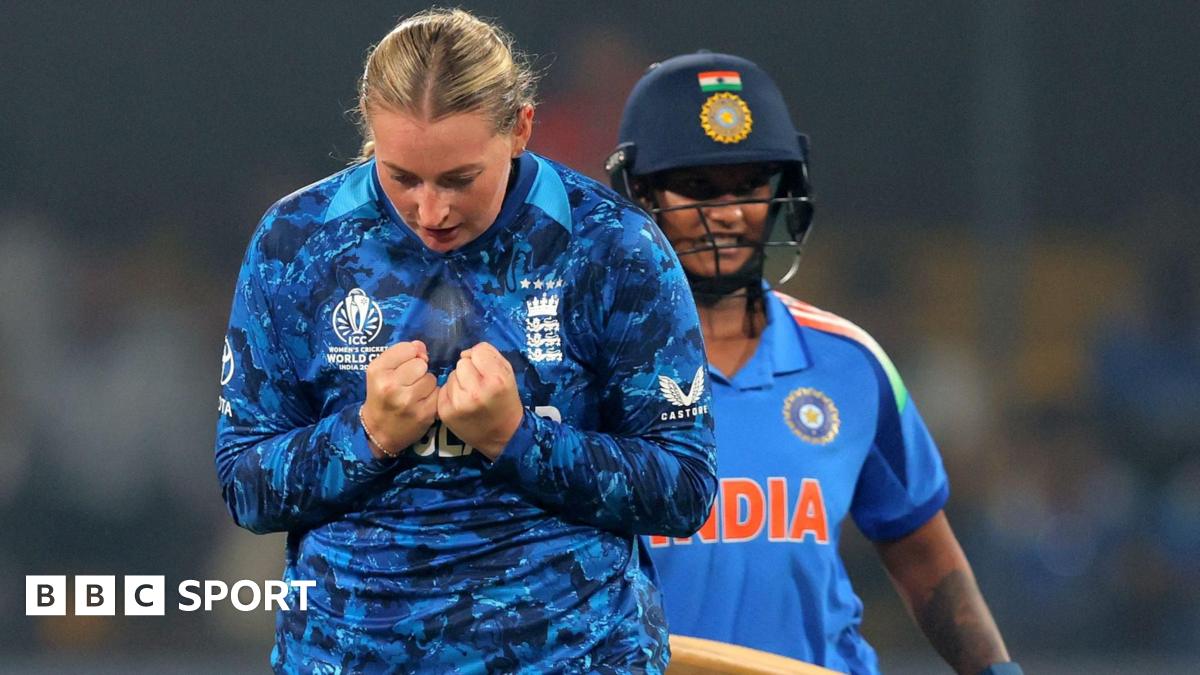



Leave a Reply